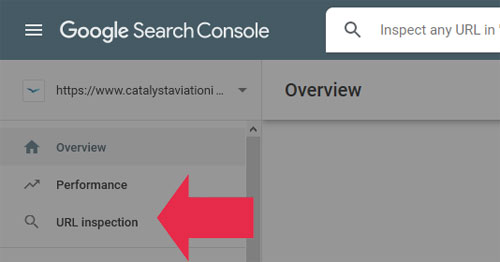A thorough SEO audit requires specific skills and expertise, however, if you are ready to invest some time and effort, you can considerably improve your website's SEO health without employing an SEO agency.
In our DIY SEO section we explain in detail the most important elements of search engine optimisation, covering technical, on-page and off-page SEO (these pages will be added soon) - we recommend reading this before starting the audit.
Below we've included a step by step guide on what you should look at in order to improve your search engine rankings.
You don't have to do everything at once, start by implementing one or two suggestions a day and we guarantee, you'll see some surprising results upon completion.
We strongly recommend you set up benchmarks of your current rankings - compile a table of your main targeted keywords and their current positions in Google and Bing so you can compare it with your after-audit rankings.
First, you need to set up Google Analytics and Google Search Console.
Now you are ready, let's dive in. We start with the foundation - technical SEO.
Confirm that your website is mobile-friendly. If it's not, ask your web admin to fix it immediately.
Google removed all desktop-only sites from its index (March 2021).
Make sure your hosting company is providing a secure environment on the server your website is hosted. If you are not certain, call them and ask.
Enter http://www.yoursite.com.au and https://www.yoursite.com.au in your browser. The HTTP version should automatically be redirected to the HTTPS version. If it's not, you should fix it ASAP. It's an easy task - your web admin should be able to address it in 5 minutes. It's a good idea to fix the next issue (if it exists) simultaneously to save some time.

To check if differenet versions of your website a live, simply enter each of them in your browser one by one:
If these URLs are shown up, ask your web admin to redirect them to https://www.yoursite.com.au (specify that they must use 301 redirections, they would know what it is). Again, it's a 5 minute job.
Recommended reading: 301 Redirects for SEO: Everything You Need to Know, Ahrefs
Use Xenu to find out if any of your internal links are broken, generate a report and send it to your web admin.
Use this free Online XML Site Generator to create your sitemap, send it to your web admin and ask them to upload it to the server. When done, add your sitemap to Google Search Console and make sure that it was submitted successfully.

Click on the "URL Inspection" tab in Search Console to check (page by page) if all of your web pages are indexed by Google.

If some of them are not, request indexing by simply clicking on the corresponding link.
Whenever you add a new web page or make significant changes to existing pages, it's a good idea to request indexing to speed up the indexing process.
The best option is to ask your web admin to execute this task, as it requires some HTML coding skills. Ask them to use The W3C Markup Validator and fix HTML errors if there are any.
Recommended reading: W3C Validator: What It Is & Why It Matters For SEO , Search Engine Journal